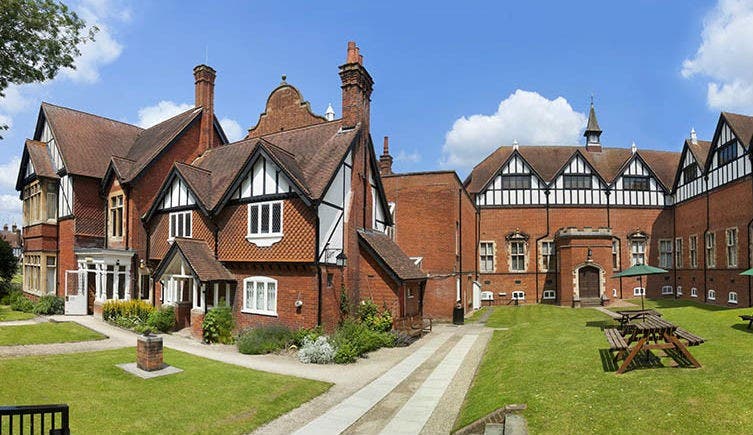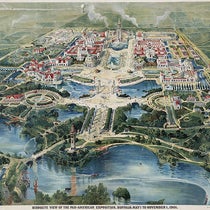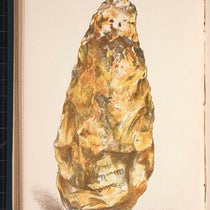Scientist of the Day - Lionel Walter Rothschild
Baron Lionel Walter Rothschild, a British banker turned zoologist, was born Feb. 8, 1868. Son and heir to the Rothschild financial empire, Walter rejected the world of business in favor of collecting. However, he did not turn away from the financial resources that allowed him to amass the largest natural history collection ever put together by a private individual. He housed his 2 million butterflies, 300,000 bird skins, and 140 giant live tortoises in a museum he built in the family’s hometown of Tring, about 30 miles northwest of London (third image).
Rothschild was an odd man – shy, and afflicted with a severe speech impediment that made personal communication difficult, and yet at times eccentrically bold, as when he drove a carriage pulled by four zebras to Buckingham Palace, to demonstrate that zebas could, contrary to the belief of many, be tamed. As one scholar puckishly put it, perhaps the explanation for his behavior lay in "an above-average amount of homozygosity," since his parents were first cousins.
Rothschild stands out as a collector because his museum was established solely for the purpose of science, and he hired an entomologist and a zoologist to run things, and he stayed out of their way. He ran into financial problems in the 1930s and had to sell a large part of his collection (the bird skins) to the American Museum of Natural History in New York. The considerable remainder, along with his estate and his wonderful library, he bequeathed to the Natural History Museum (NHM) in London. That museum maintains a branch at Tring, where they have moved their entire bird research collection (ironically, since Rothschild's birds are in New York City). We see below a photograph of the museum interior from one of the balconies. The main NMH website normally has quite a bit of additional information on Rothschild and his collections, and so does the Tring website, but right now, during the Covid-19 epidemic, both museums seem to have shut down even their online presence.
In 2009, a thief broke into the NHM at Tring and stole almost 300 tropical bird-skins. Since Rothschild’s skins were in New York, the stolen items were those gathered by other tropical collectors such as Alfred Russel Wallace. The young thief clipped off the best feathers and sold them on eBay to underground fly-tying aficionados who would pay almost anything to get feathers from birds that are now protected. The man was arrested, tried, and given a suspended sentence. And they call Rothschild odd!
There is a pavement in Church Square in Tring that commemorates Walter Rothchild. Fittingly, it is a mosaic of bricks in the shape of a zebra’s head.
Dr. William B. Ashworth, Jr., Consultant for the History of Science, Linda Hall Library and Associate Professor emeritus, Department of History, University of Missouri-Kansas City. Comments or corrections are welcome; please direct to ashworthw@umkc.edu.










